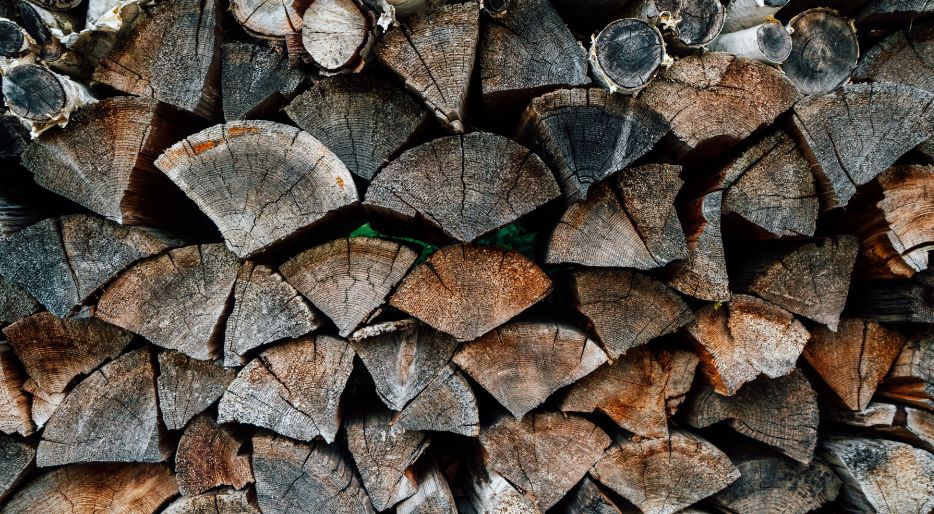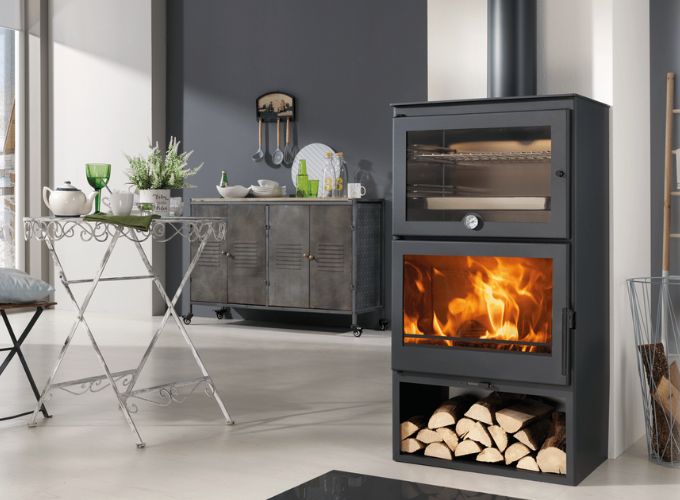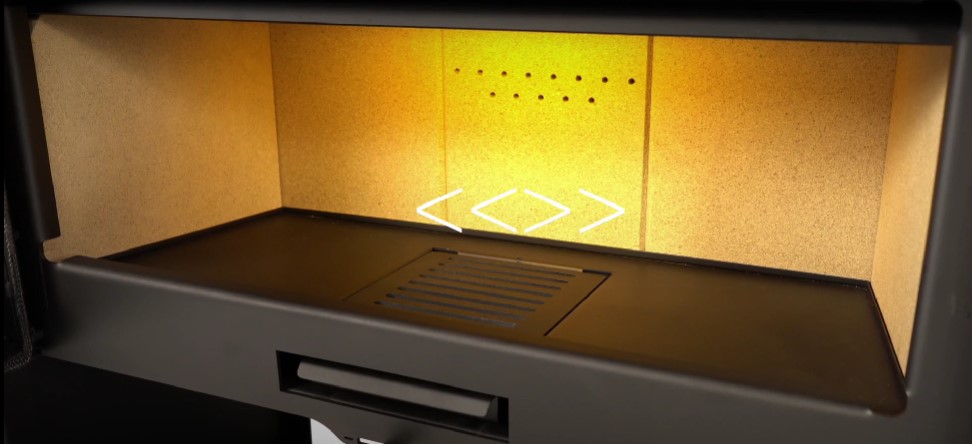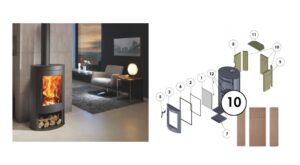
Although we enjoy the warmth of the fireplace, the odors can be unpleasant. With simple tricks like vinegar, salt, or baking soda, you can keep your home fresh and cozy.

In recent years, more and more people are choosing to buy wood stoves as a source of heating for their homes. In addition to being an economical alternative, they are the best option in terms of sustainability and the environment. However, to achieve a truly efficient use of wood in the stove, it is necessary to know some keys to reduce fuel consumption and optimize the performance of the device.
In today’s post, we will help you choose the most efficient appliance for your home. In addition, we will provide you with practical tips to make wood consumption more efficient and thus reduce heating costs in your home. Let’s get started!
To answer this question, you should know that there are several factors that influence the wood consumption of an appliance and, therefore, its efficiency. Here are some of the most important factors to consider when choosing the most energy-efficient appliance:
There are different types of wood-burning appliances, such as conventional wood stoves, stoves with oven, more modern, corner stoves, inserts, cassette stoves with fan, among other options. Each type has its own characteristics and can influence the amount of wood needed for its operation.

To evaluate which type consumes less wood, it is necessary to investigate its characteristics. For example, conventional stoves are the most common and have the simplest operation. However, their efficiency may vary depending on the quality of construction and insulation. Stoves with an oven, on the other hand, are an interesting option if you want to take advantage of the heat to cook food.
The size of the appliance is an important factor. If the stove is too large for the space to be heated, efficiency will be lost and more wood will be needed to operate it. Conversely, if the stove is too small, it will not adequately heat the space and more wood will be needed to compensate.
To assess the size of the appliance that consumes less wood, it is necessary to take into account the space to be heated. It is recommended to calculate the volume of the space in cubic meters and choose a stove with adequate power to cover that space. In this way, you will avoid choosing a stove that is too large or too small.

Combustion chamber capacity is another key factor. A small combustion chamber will require less wood, but will have limited autonomy. On the other hand, a large combustion chamber will burn more wood, but will also require more to operate.
The combustion chamber capacity is measured in liters and refers to the amount of wood that can be burned in a single use. To evaluate the capacity of the combustion chamber that consumes the least wood, it is necessary to calculate the size of the stove and choose a capacity that is adequate for the size of the space to be heated. It is recommended to choose a capacity that allows to burn enough wood to keep the heat for several hours.
The insulation of the appliance is important to keep the heat inside the space and prevent it from dissipating. When the appliance is well insulated it will reduce the need to use more wood to maintain the desired temperature.

The quality of the firewood can also influence its efficiency. Dry firewood, for example, produces more heat and less smoke than wet firewood, which means less will be needed to heat the space.
It is essential to use dry, well-stored firewood. Dry firewood has a moisture content of less than 20%, which means it produces more heat and less smoke than wet firewood.
Here are some practical tips to make your stove more fuel efficient:
Choosing an efficient wood stove has many advantages, some of the most important are:
In conclusion, choosing an efficient wood-burning appliance is important to save on the cost of firewood, reduce the carbon footprint, increase the durability of the stove, and improve the convenience and comfort in the home. To determine which stove consumes the least, it is important to evaluate factors such as energy efficiency, stove size and type of wood used. In addition, there are practical tips for making the stove’s wood consumption more efficient, such as maintaining good ventilation and choosing the right firewood.
We hope this article has helped you understand how to choose an efficient wood stove and make more efficient use of firewood in your home. Remember that every small action you take to reduce wood consumption and greenhouse gas emissions can make a big difference to the environment. Take action today to make a positive difference in the world!
If you have any questions, please feel free to ask us! We hope this post has served as a guide. Take a look at our blog and find solutions and recommendations to help you with your fireplace or wood stove.
Visit our online store for Panadero wood stoves. If you have any questions or need help choosing the right stove, don’t hesitate to contact us. We will be happy to help you.
Articles of interest:
Did you like this article? If so, help us spread it ???? . Click on the buttons below here and feel free to share it on your social networks!
Thank you for reading!
↓ ↓ ↓ ↓

Although we enjoy the warmth of the fireplace, the odors can be unpleasant. With simple tricks like vinegar, salt, or baking soda, you can keep your home fresh and cozy.

How to avoid dust in the house when using a wood stove: tips and tricks for a clean and healthy home

Learn how to remove mould from your wood for use by following the steps in this article.

All you need to know: what it is, uses and benefits of wood stoves
To provide the best experiences, we use technologies such as cookies to store and/or access device information. Consenting to these technologies will allow us to process data such as browsing behavior or unique identifiers on this site. Not consenting or withdrawing consent may adversely affect certain features and functions.

From December 19 to January 6, order a wood stove and receive the Helix log holder for free.